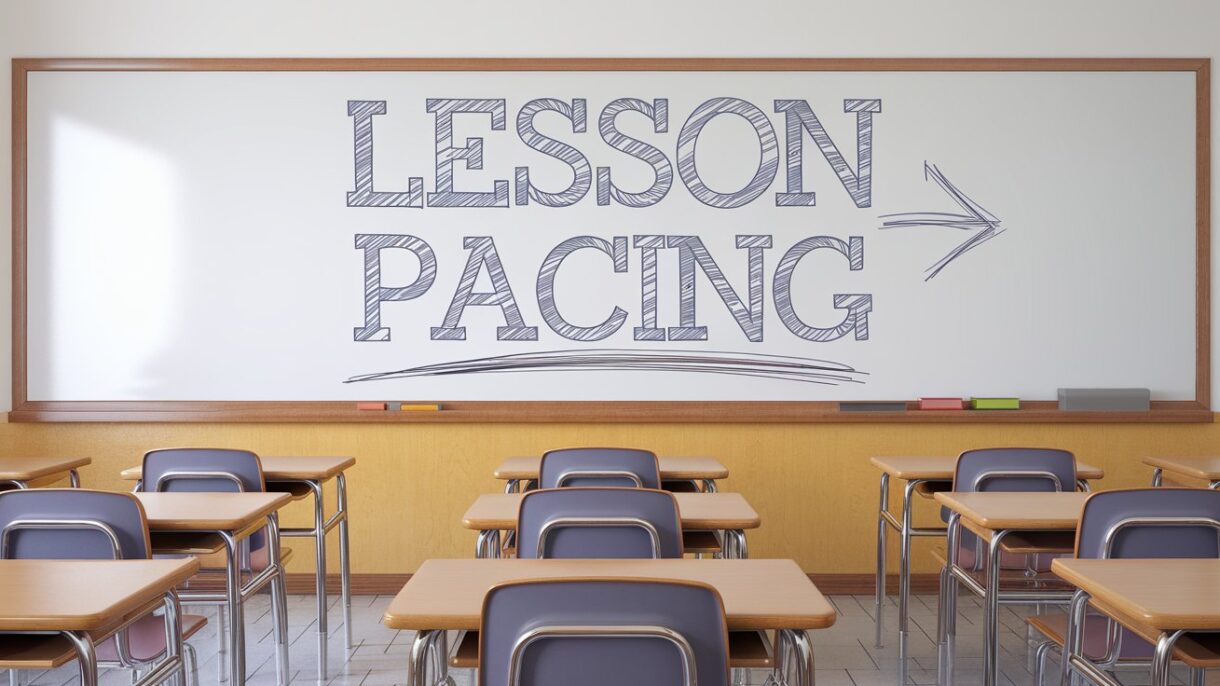
Table of Contents
Introduction
One of the key skills that CELTA trainees need to develop is knowing when to move on in a lesson. It might sound straightforward, but getting the timing right can make a significant difference in the effectiveness of a lesson. In my experience as a CELTA tutor, this skill separates an efficient lesson from one that feels stagnant. Understanding when to transition to the next stage helps maintain student interest, keeps activities purposeful, and ultimately ensures that the lesson is dynamic and well-paced. Let’s explore this essential aspect of teaching practice and why it’s crucial for CELTA trainees to master.
Understanding when to transition to the next stage helps maintain student interest, keeps activities purposeful, and ultimately ensures that the lesson is dynamic and well-paced
Understanding the Importance of Pacing
For language learners, momentum is a vital aspect of classroom learning. Lessons that have an engaging pace are more likely to keep students motivated and focused. If the class lingers on a particular task when students have already grasped the concept, they can quickly become bored or disengaged. On the other hand, moving on too quickly can leave learners confused and frustrated. The ability to read the room, gauge comprehension, and know when it’s time to move on is a delicate balance—one that CELTA trainees often find challenging to achieve.
A well-paced lesson helps build a sense of accomplishment for students. They feel they’re progressing and making strides in their language learning, which boosts their confidence. As CELTA trainees, developing the instinct of when to move on will make your lessons more effective and keep learners on track to achieve the learning outcomes you’ve set.
Practical Tips for Knowing When to Move On
The key principle behind this tip is that teachers should prioritize student needs over their preconceived notion of how long an activity “should” take. One of the most common issues I see with trainees is over-focusing on timing because of their detailed lesson plans. Lesson plans are essential, but they need to be flexible to address students’ needs. This flexibility should not mean unnecessarily extending stages like lead-ins (read more on lead-ins here) when students are ready to move forward. Here are some practical ways to determine when it’s time to move on:
1. Observe Student Responses
Are the majority of the students responding quickly and accurately? If so, it’s likely that they have understood the concept or completed the task. Keep an eye on body language—students who have understood will often look more relaxed and attentive, while those who are struggling may still be frowning or looking hesitant.
2. CCQs and Elicitation
Asking targeted concept-checking questions (CCQs) is a useful way to see if students understand what they’re doing. If all students can answer CCQs accurately, it’s probably time to transition to the next activity. Similarly, elicitation can help gauge comprehension—if students can provide correct responses confidently, they’re ready to move on.
3. Monitor Pair and Group Work
While monitoring, take note of whether pairs or groups are still actively discussing or if they’re getting distracted. If conversations start to deviate from the task, it’s a sign that the activity has run its course. Trainees often overlook this because they’re focused on collecting language samples, but noticing the ebb and flow of group energy is key to effective timing.
4. Stick to the Lesson Objective
Once students have achieved the aim of an activity, there’s no need to prolong it. I often advise my trainees to ask themselves, “Has the activity fulfilled its purpose?” If the answer is yes, move on. Pacing should always serve the lesson objectives.

Challenges and How to Overcome Them
One of the most common challenges for CELTA trainees is fear of moving on too soon. Trainees may worry that not all students have understood or that they’re rushing through material. This often leads to over-explaining or keeping students on an activity for too long, which can stifle momentum.
To overcome this, I encourage trainees to trust their observations. If most students seem to have grasped the concept, it’s okay to move on. It’s also helpful to remember that there are opportunities for learners to revisit and recycle language later in the lesson or in future classes. Not every student will be 100% confident at every stage, and that’s normal in language learning. Building in activities like quick review games or recap questions at the beginning of subsequent lessons can help reinforce learning without dwelling excessively during the initial activity.
Another challenge is the tendency to rigidly follow the lesson plan at the expense of the actual learning happening in the room. A plan is an important tool, but I always remind my trainees that it’s more of a roadmap than a fixed itinerary. Adapting in response to what’s happening in real time is a hallmark of a skilled teacher. Flexibility will come with experience, but trainees should start practicing this adaptability early on.
Connecting to CELTA Course Requirements
On the CELTA course, one of the key competencies assessed is effective lesson planning and the ability to implement a coherent lesson. This includes being able to manage the pace of the lesson and respond to student needs in real time. Knowing when to move on is a crucial part of demonstrating these competencies.
Trainees receive feedback on their timing and how well they manage transitions between activities. By developing the ability to move on when appropriate, trainees can show they are responsive to learners, which is something assessors look for. It also demonstrates good planning—activities should be planned with timing flexibility in mind, allowing the teacher to either extend or move on based on learner response.
Benefits for Learners
Moving on at the right time benefits learners immensely. It keeps them engaged, maintains interest, and avoids the frustration that can come from over-repetition. This is particularly important with adult learners, who often have limited patience for activities that feel redundant.
Students feel a sense of progression when the lesson has a smooth flow. When trainees linger too long on a single point, students may feel that they are not making any progress, which can impact their motivation negatively. Moving on when learners are ready creates a more dynamic and rewarding experience, which is a key component of effective language teaching.
Knowing when to move on is one of those subtle skills that develops over time, but it’s worth practicing from the very beginning of your teaching journey. A well-paced lesson that moves forward at the right moments keeps students engaged, helps them feel accomplished, and ensures that all parts of your lesson are purposeful.
I often tell my trainees: trust your instincts, but also trust your learners. If they’re ready, move on. A lesson is a journey, and as the teacher, you’re the guide—keeping everyone moving steadily toward the goal. Practice this skill during your teaching practice, reflect on it, and discuss it during feedback. It’s a small adjustment that can have a major positive impact on your teaching effectiveness.
Learn More about teaching with my “CELTA Prep” course. This online course, created by experienced CELTA trainer Ahmad Zaytoun, offers practical strategies to help you prepare for CELTA. The course is useful whether you’re a CELTA trainee or an experienced teacher who wants to revise.



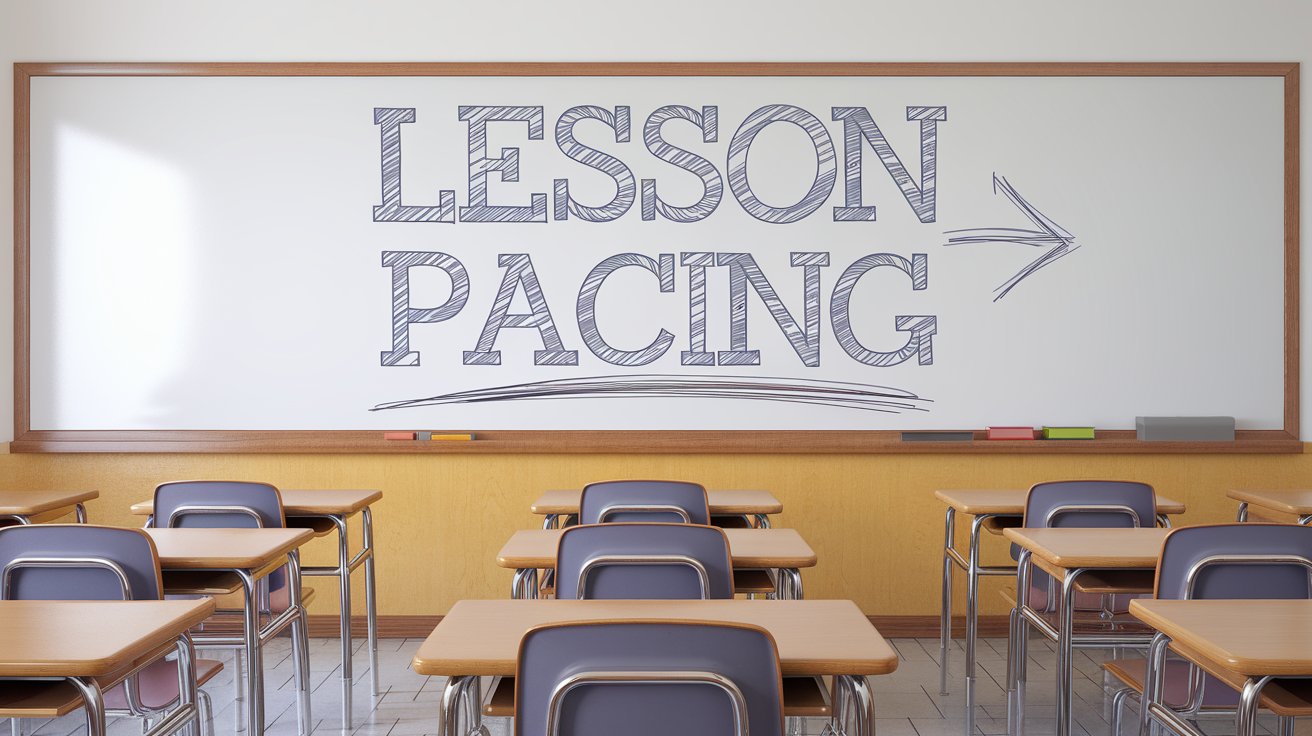
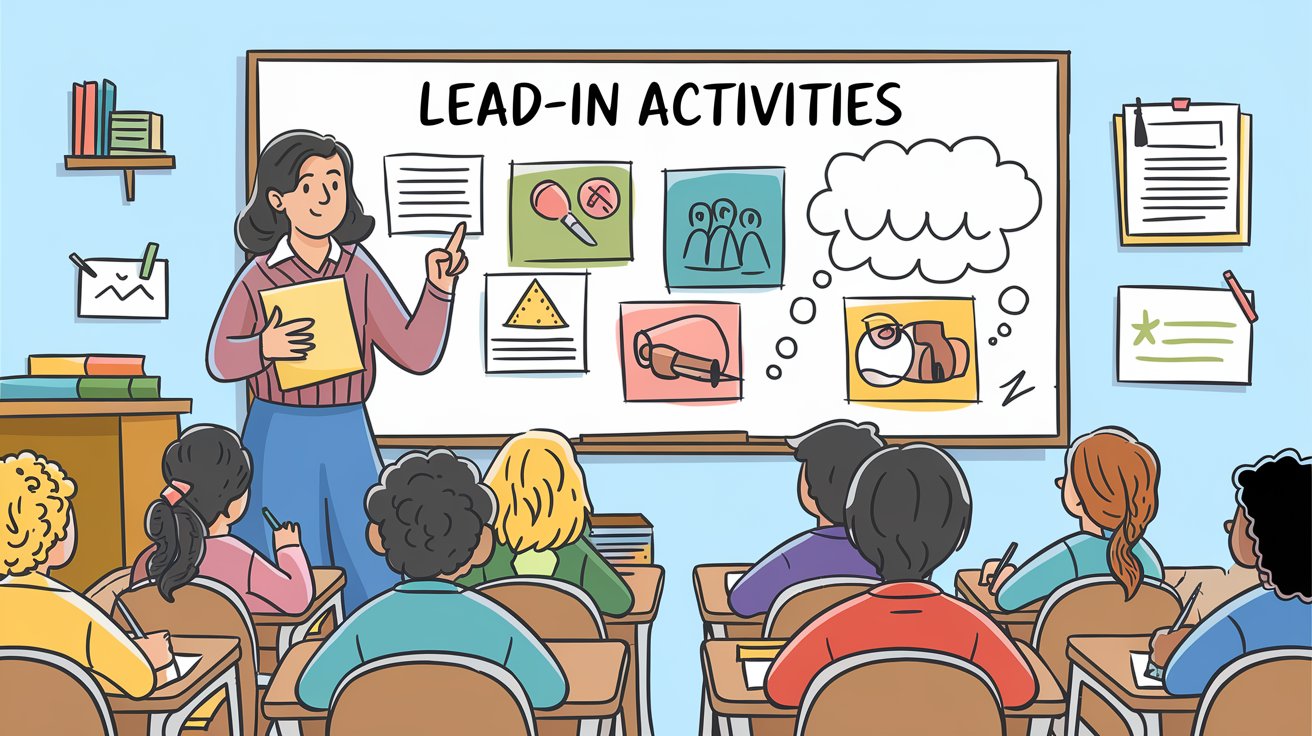
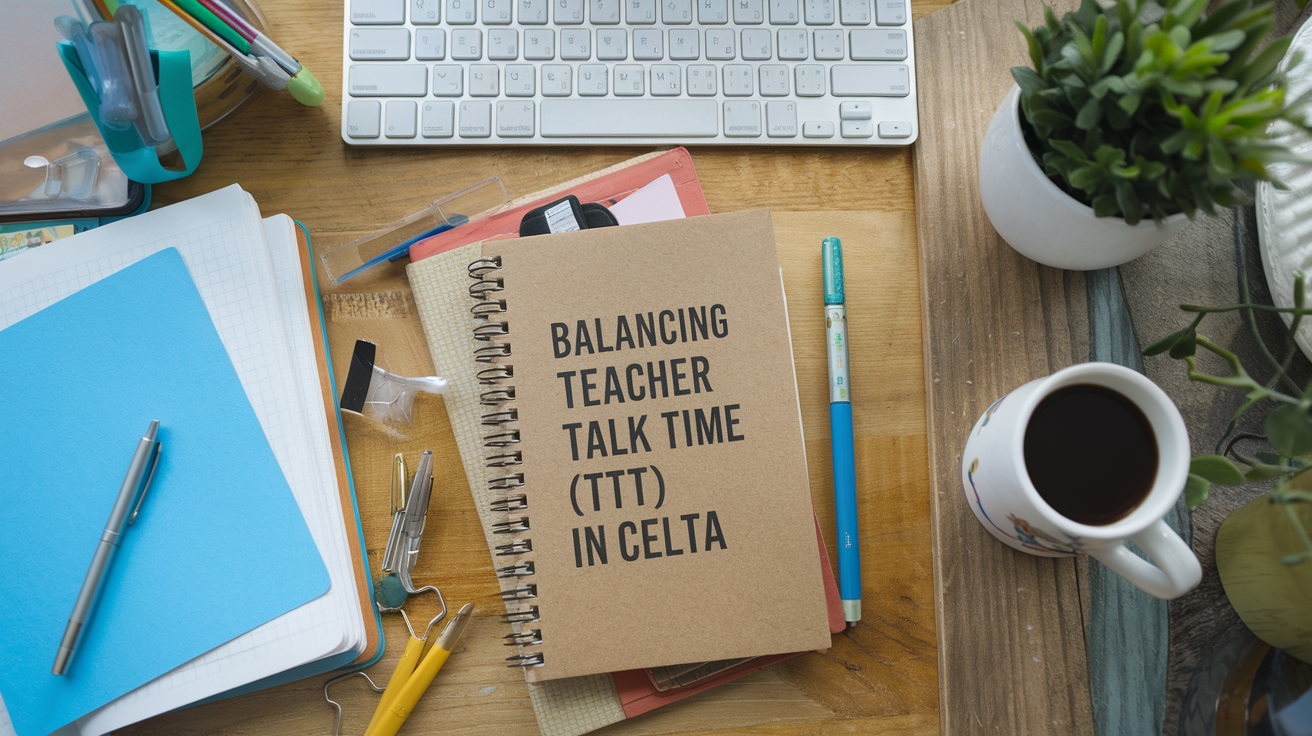

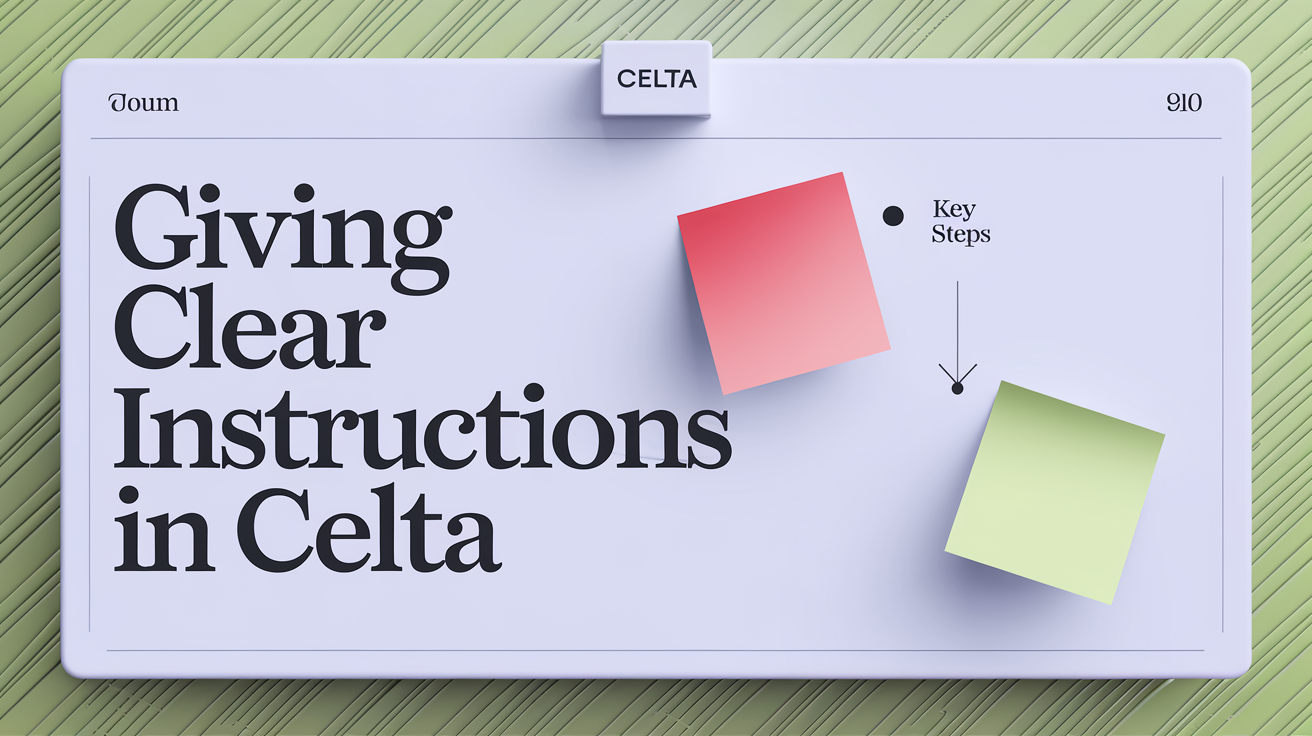
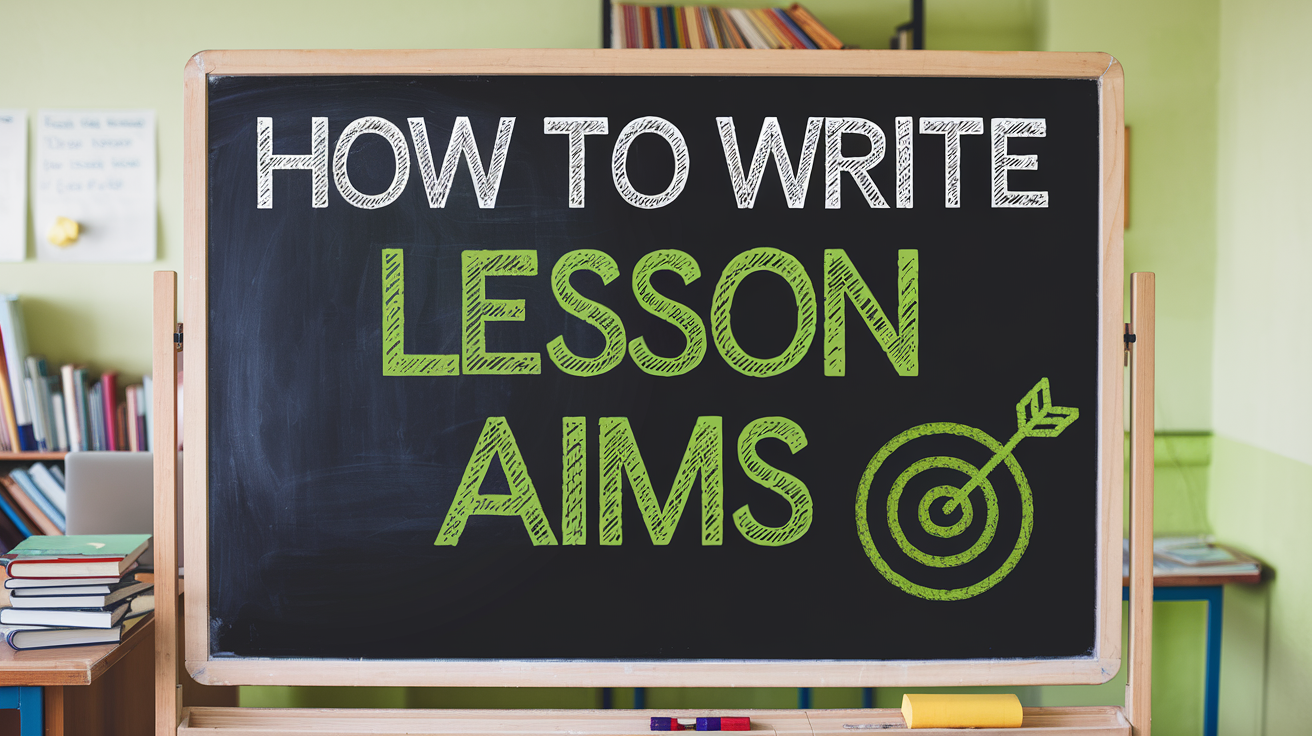
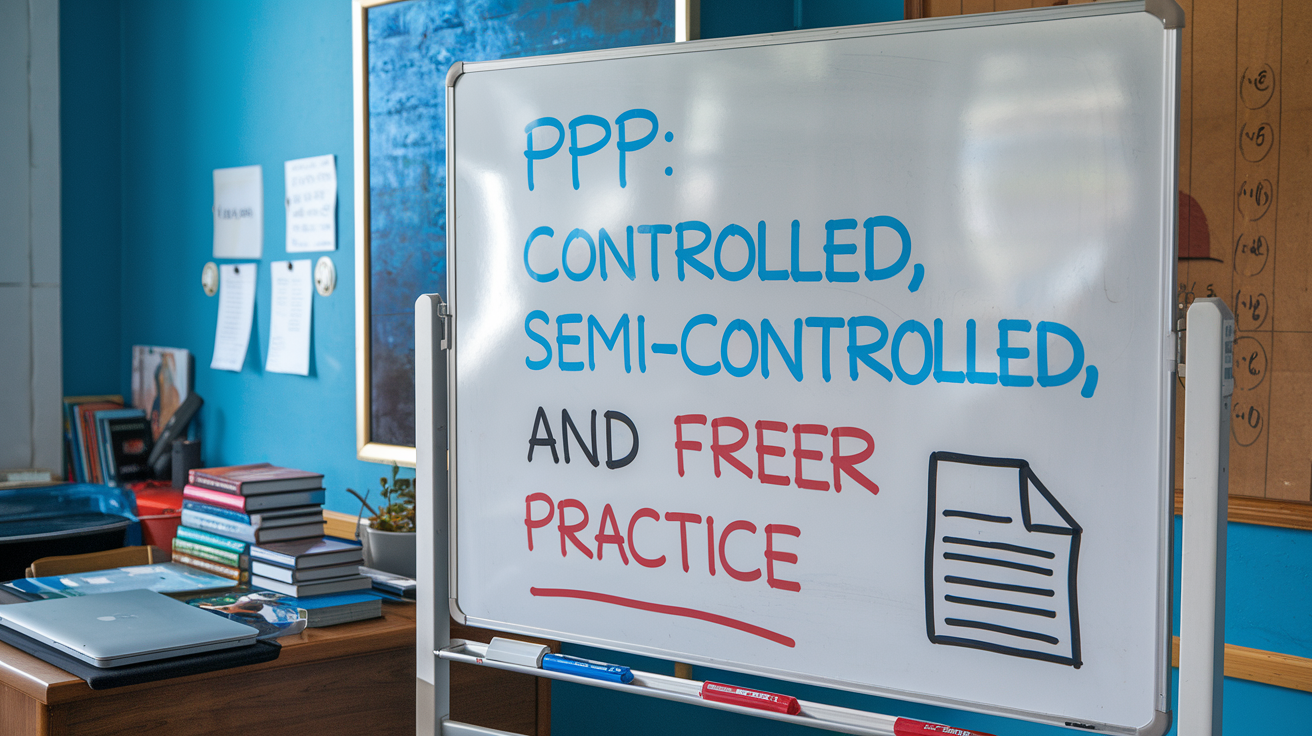
0 Comments